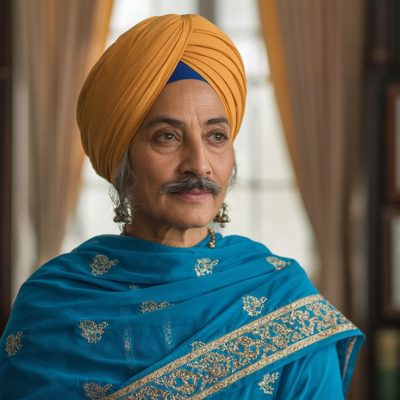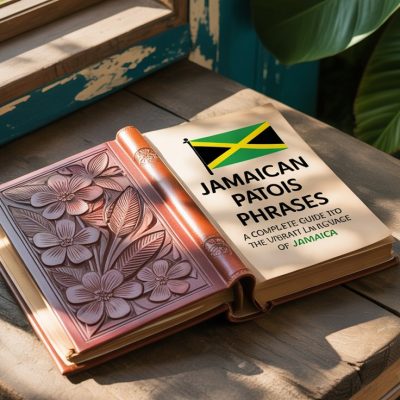When it comes to modest clothing in Islamic traditions, the terms hijab and burka often come up. But what exactly do these words mean? Are they the same thing? Why do some women wear one over the other? These questions might seem simple on the surface, but the answers touch upon culture, religion, personal identity, and sometimes even politics. In this article, we’ll take a deep dive into these garments—not just what they are, but what they represent, how they’re perceived, and why understanding them matters.
What Is Modesty in Islam? A Quick Primer
Before we talk about specific garments, let’s understand the foundation. In Islam, modesty transcends clothing—it’s a holistic principle that shapes one’s behavior, speech, and presence for both men and women.
For women, dressing modestly is often seen as a religious obligation, but how this is interpreted can vary widely across cultures and individuals.
Think of modesty like a spectrum, not a fixed rulebook. There isn’t a single outfit that fits all Islamic communities. Instead, what’s considered “modest” depends on culture, personal belief, and local customs.
Defining the Hijab: More Than Just a Headscarf
When people hear the word hijab, they often think of a headscarf. But the term actually has broader meanings.
Hijab literally means “barrier” or “partition” in Arabic. In practice, it often refers to a scarf worn by Muslim women that covers the hair, neck, and sometimes shoulders, but not the face.
Wearing the hijab is a personal choice for many Muslim women. Some wear it as an expression of faith, others out of cultural tradition, and some to feel connected to their identity.
What Is a Burka?
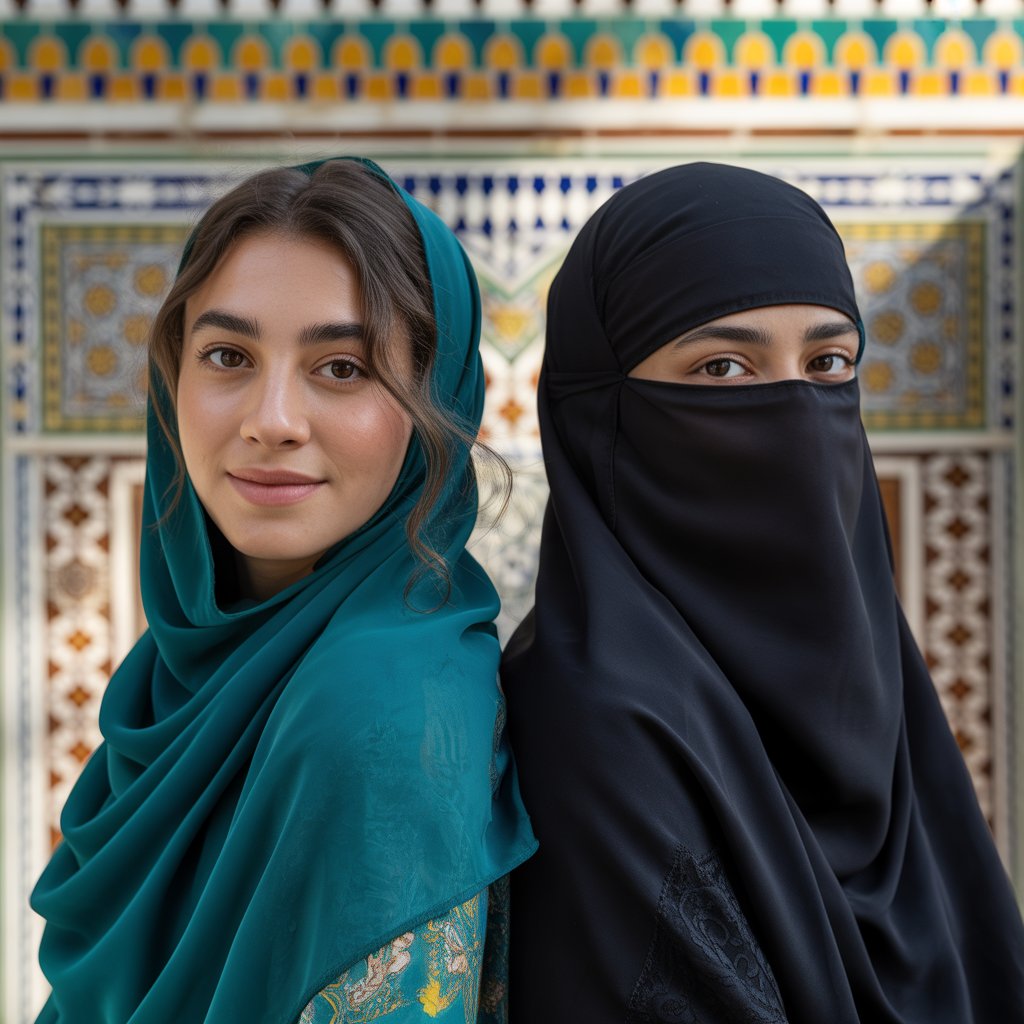
The burka (also spelled burqa) is a full-body covering worn by some Muslim women, primarily in Afghanistan and parts of Pakistan. It covers the entire body from head to toe, including the face, with a mesh screen to see through.
Unlike the hijab, which leaves the face visible, the burka is more conservative in its coverage. It’s often blue or black in color and is usually worn in public spaces.
Key Differences Between Hijab and Burka
Let’s break it down clearly:
| Feature | Hijab | Burka |
|---|---|---|
| Covers | Hair, neck, sometimes shoulders | Whole body including face |
| Face Visible? | Yes | No (covered with mesh screen) |
| Common Where? | Middle East, North Africa, West | Afghanistan, parts of Pakistan |
| Symbolizes | Modesty, religious identity | Ultra-conservatism, cultural tradition |
Why Do Women Wear Them? Exploring the Motivation
Contrary to popular assumptions, many women choose to wear the hijab or burka. Some say it empowers them. Some choose to wear it as a heartfelt way to deepen their connection with God.
Others wear it due to societal norms or family traditions. And yes, in some regions, it may be enforced by law or social pressure.
But here’s the key: one garment, many stories. There’s no single reason, and assuming otherwise flattens the lived experience of millions of women.
Cultural vs Religious Practices
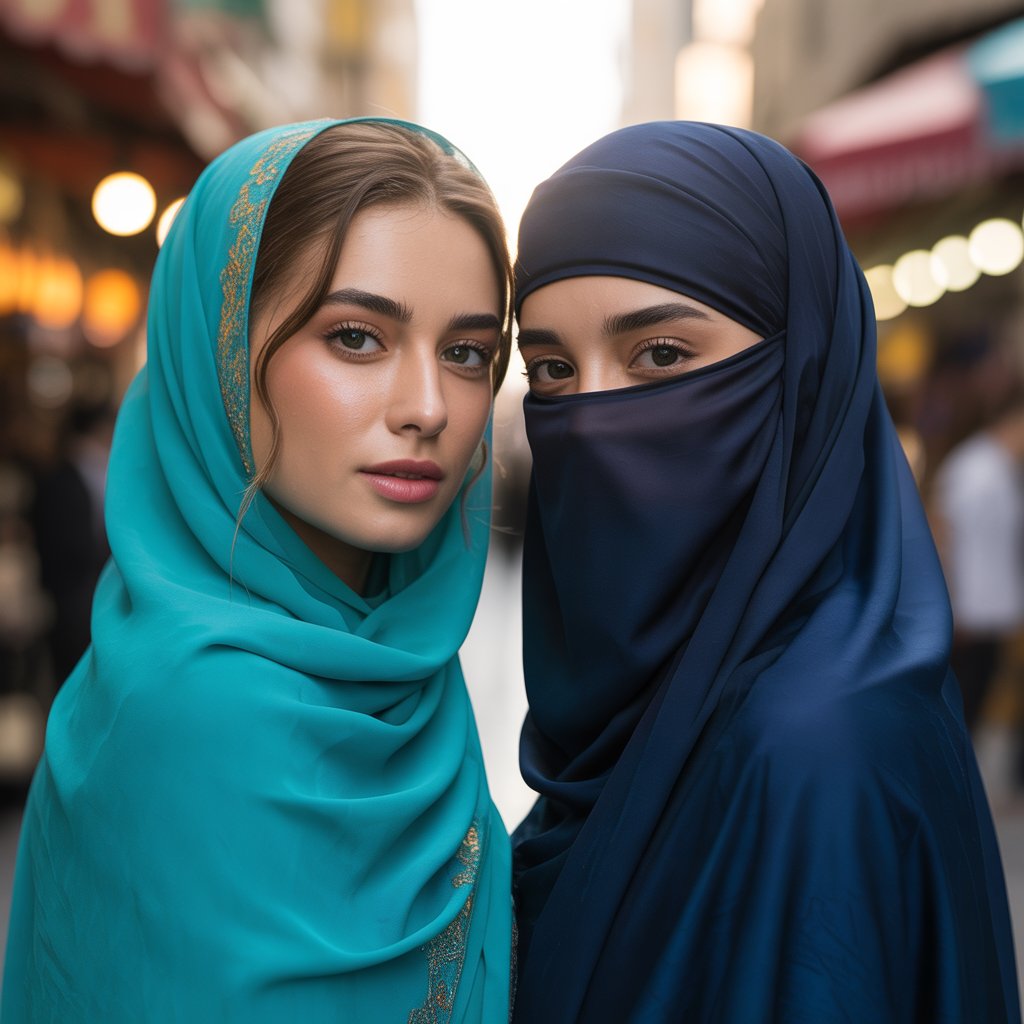
It’s important to distinguish between what’s religious and what’s cultural. Not every woman who wears the burka does so because Islam demands it. In fact, Islamic texts emphasize modesty but don’t prescribe a specific outfit.
The burka, for instance, is more of a cultural tradition rooted in Pashtun tribal customs rather than a universal Islamic rule. On the other hand, the hijab has more grounding in mainstream Islamic interpretations.
Western Perceptions and Misconceptions
To some in the West, these garments are seen as symbols of oppression. But that’s not always the case. For countless Muslim women, donning the hijab—or even the burka—is a conscious expression of autonomy and self-definition.
It’s a choice made to assert identity, resist cultural erasure, or reclaim control over how they are seen.
Unfortunately, media often portrays these garments in a one-dimensional way, overlooking the diversity of thought within Muslim communities themselves.
Is It About Oppression or Expression?
This is a hot-button question. Some argue that full-body coverings like the burka are inherently oppressive. Others push back, saying that telling a woman what she can’t wear is just another form of control.
Consider this: if a woman is forced to wear the burka, that’s a problem. But if she’s banned from wearing it, that’s also a problem. True freedom means allowing her to decide for herself.
The Role of Laws and Bans Around the World
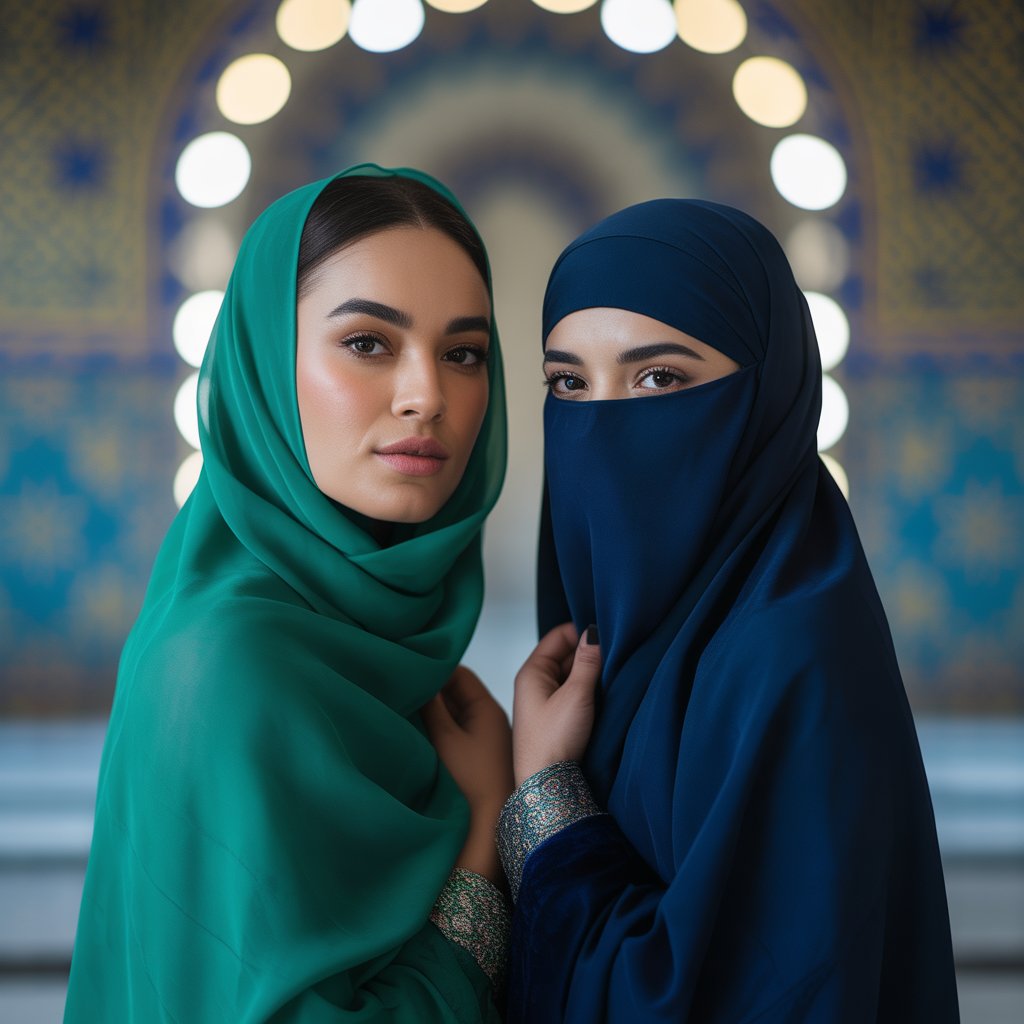
Different countries handle Islamic coverings very differently. In France, for example, wearing the burka in public is banned. In Saudi Arabia, certain coverings are mandated. And in Turkey, hijabs were banned in universities until recently.
These laws reflect broader national debates about secularism, religion, and women’s rights. But often, they leave Muslim women caught in the middle.
Fashion, Identity, and Modern Interpretations
Today, modest fashion is booming. From hijab-wearing influencers on Instagram to runway models in abayas, modest wear has become both trendy and empowering.
Many women blend tradition with modern style. Hijabs are styled in a variety of colors, textures, and designs—paired effortlessly with everything from casual jeans to traditional abayas.
The key takeaway? Modesty doesn’t mean monotony.
Social Media and the Visibility of Muslim Women
Thanks to platforms like YouTube and TikTok, Muslim women are telling their own stories. They’re challenging stereotypes, showing their daily lives, and discussing everything from skincare to spirituality.
By doing so, they’re reframing the narrative around modesty and choice. They show that wearing a hijab or burka doesn’t limit you—it’s part of a larger identity.
The Power of Personal Choice
Imagine clothing as a language. For Muslim women, modest wear can say, “I belong,” “I believe,” or “I define myself.” Just like someone might wear a wedding ring or a team jersey, modest clothing sends a message.
But the most important thing is who decides what to wear. That decision should come from the individual—not society, not the state, not even family.
Think of modesty as a window covering: for some, it’s a light curtain that softly filters the view (like the hijab); for others, it’s a thick drape offering full privacy (like the burka)—both chosen to shape what the world sees.
Think of it like this: if life is a room, then modest clothing is like a curtain over the window. Some prefer sheer curtains that let in light (like the hijab). Others prefer blackout curtains for full privacy (like the burka). Both choices reflect how much of themselves someone wants to share with the world.
Neither is wrong—what matters is that the choice belongs to the person inside the room.
.FAQs
1. Is wearing the hijab or burka mandatory in Islam?
There’s no one-size-fits-all answer. Some Islamic scholars argue that modest dress is required, but not necessarily the burka or hijab specifically. Interpretations vary based on region, culture, and individual belief.
2. Do Muslim women have the freedom to choose whether or not to wear a hijab or burka?
Yes, in many countries and communities, it’s a personal choice. However, in certain places, social or legal pressures may influence that decision.
3. What’s the difference between a burka and a niqab?
A burka envelops the entire body and face, featuring a mesh panel for vision, while a niqab conceals the face but leaves the eyes uncovered.
The rest of the body is usually covered with an abaya or similar garment.
4. Why do some countries ban face coverings like the burka?
Such bans are often linked to security concerns or debates about secularism. Critics argue these laws restrict religious freedom and target specific communities unfairly.
5. Are younger generations still choosing to wear these garments?
Yes, many young Muslim women proudly wear the hijab or even the niqab and burka. Some see it as part of their identity, while others use it to express empowerment, style, or resistance to societal norms.
Conclusion: Respecting the Layers Behind the Fabric
The hijab and burka aren’t just pieces of cloth—they’re layered with history, faith, emotion, and complexity. Understanding them requires more than a glance; it requires empathy, curiosity, and a willingness to listen.
In a world that’s increasingly divided over identity and belief, taking the time to understand differences isn’t just respectful—it’s essential.
So next time you see someone in a hijab or burka, remember: there’s a person behind the fabric, with her own story, voice, and reason. And maybe, just maybe, her choice is more complex than it first appears







